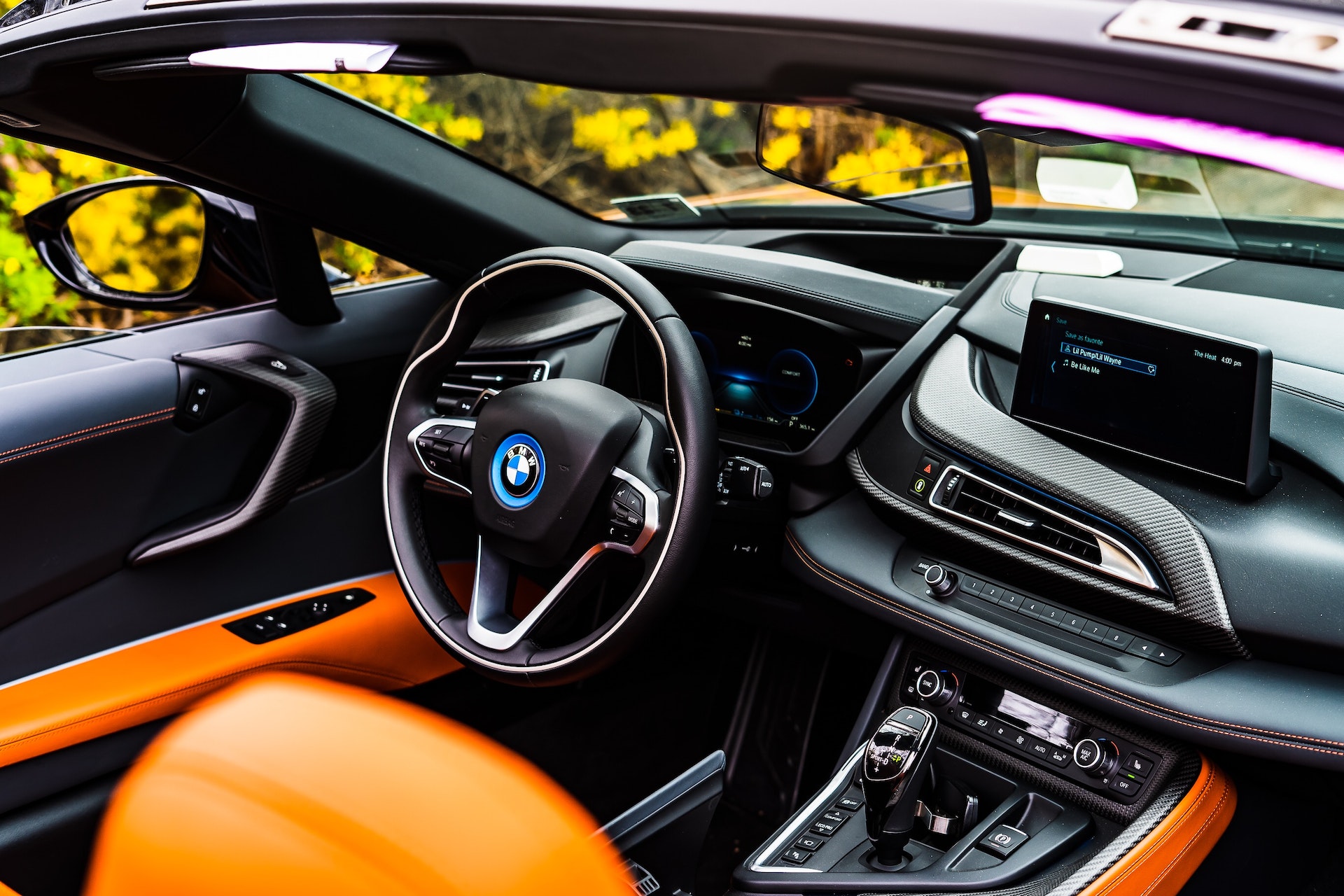It’s been a rough few years in Formula 1 for Mercedes. After winning the drivers’ and constructors’ championships for seven straight seasons, Lewis Hamilton was pipped to the title by Max Verstappen in a dramatic and controversial finale in Abu Dhabi in 2021.
The Silver Arrows still secured an eighth constructors’ championship, but it was Max Verstappen of Red Bull who topped the drivers’ standings.
Mercedes debuted the ‘zero sidepod’ concept alongside the introduction of new design regulations for the following season. It provided their cars with vastly superior high-speed downforce, but they were unable to win a single race as Verstappen succeeded again.
The German manufacturer initially stuck with the concept for 2023, but they have now moved back to a more familiar design that they hope can restore them to past glories.
Why was it abandoned?
While the superior downforce should have helped Mercedes, it ended up leading to a porpoising effect that made it an incredibly difficult drive. While most teams suffered from this aerodynamic phenomenon during the early stages of the season, Mercedes was a persistent struggle, and Hamilton even suffered injuries as a result.
With the seven-time champion experiencing the longest winless run of his career, it was suggested that Mercedes decided to abandon the zero sidepod to avoid losing Hamilton when his contract expires at the end of this season.
Lessons learned
Mercedes’ form picked up after they changed the sidepods for the Monaco Grand Prix, with Hamilton and George Russell on the podium at the following race in Spain.
However, the team also introduced a new floor and front suspension at the same time, so the improvement cannot be put solely down to sidepods.
Speaking to Sky Sports F1 after the Spanish Grand Prix, Russell said: “It’s not the sidepods that make the difference. It may be a factor, but the magic isn’t in the sidepods.
“We brought that design to the car to kind of rule it out, the sidepods. The magic was done underneath the car, on the floor. That’s the same for every single team.”
Future implementation
There’s every chance that Mercedes could return to the zero sidepod in the future. Significant changes to the sport are coming in 2026, when a greater emphasis will be placed on electric power and sustainable fuels.
It is hoped these new rules can level the playing field in F1 – at least in engine terms. The Silver Arrows could look to refine the concept in the intervening years in a bid to find an advantage over their competitors at that time.
And even if the innovation does not return in F1, it may still be used by the German manufacturer in the production of road cars for the general public. So, if your Mercedes gap insurance pays out in the coming years, you could get a new model that has integrated technology based on the zero sidepod concept.







